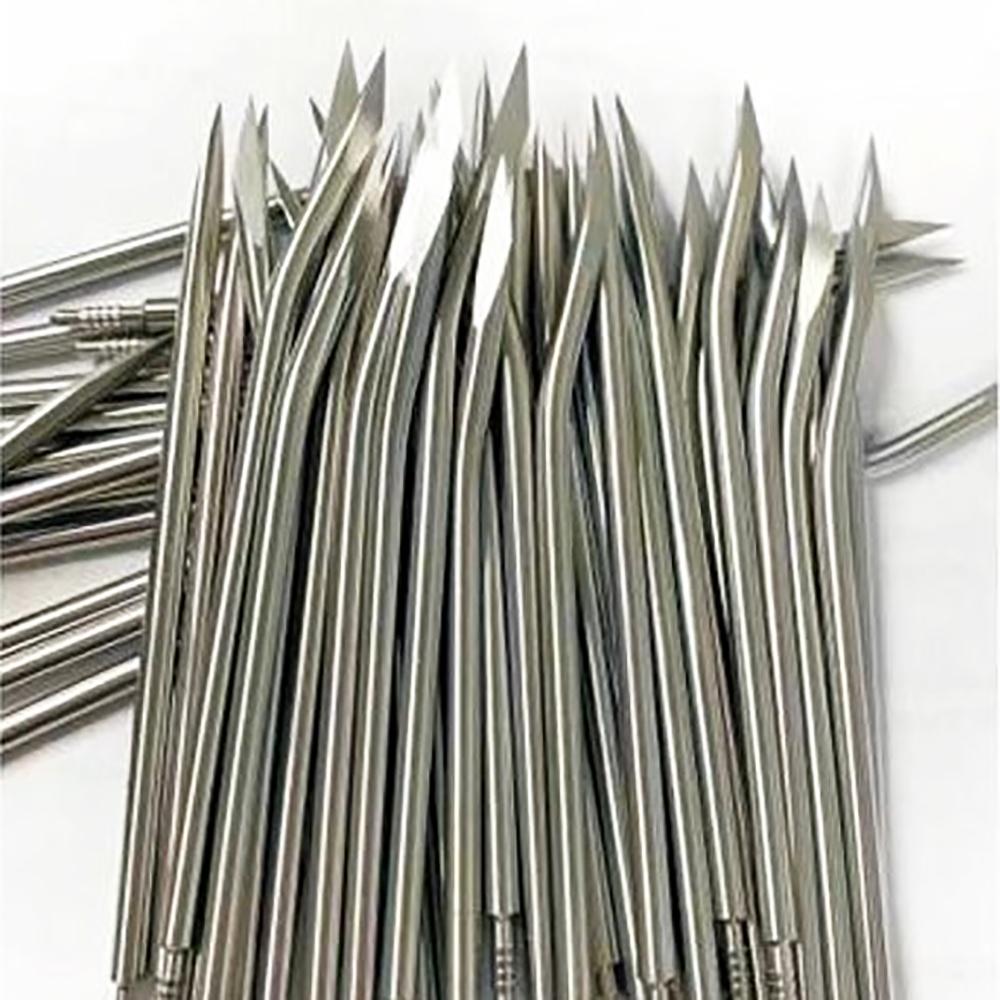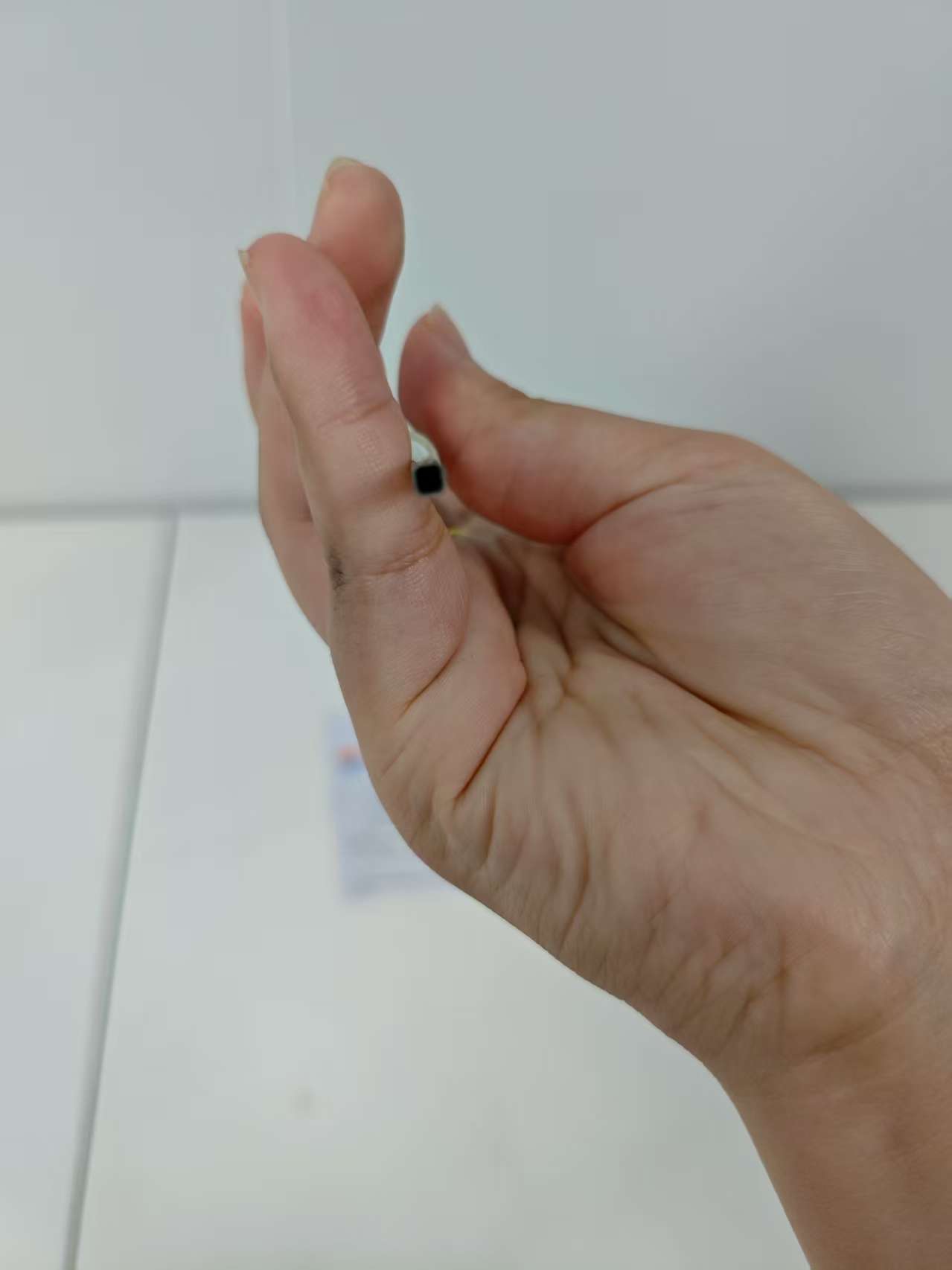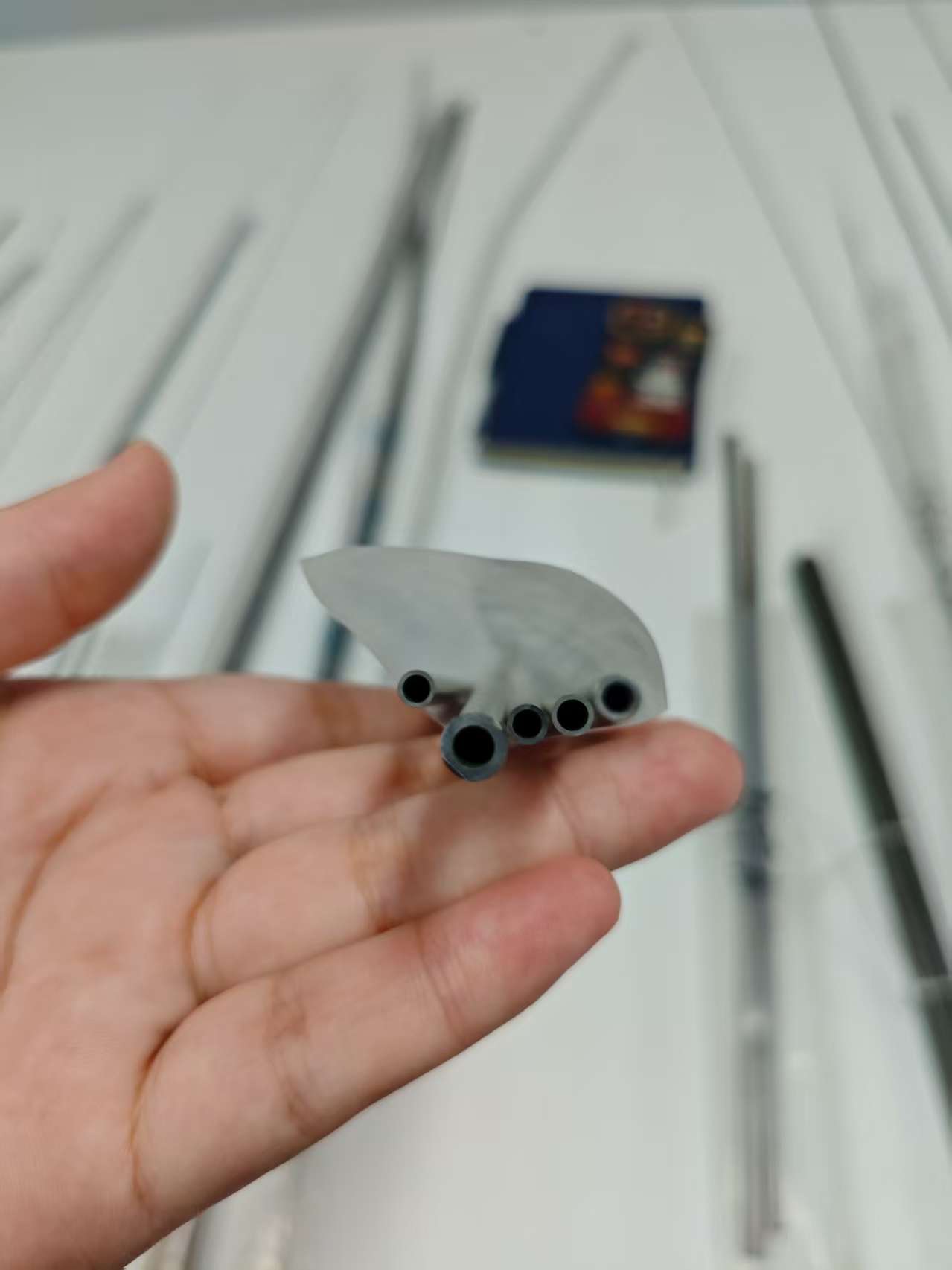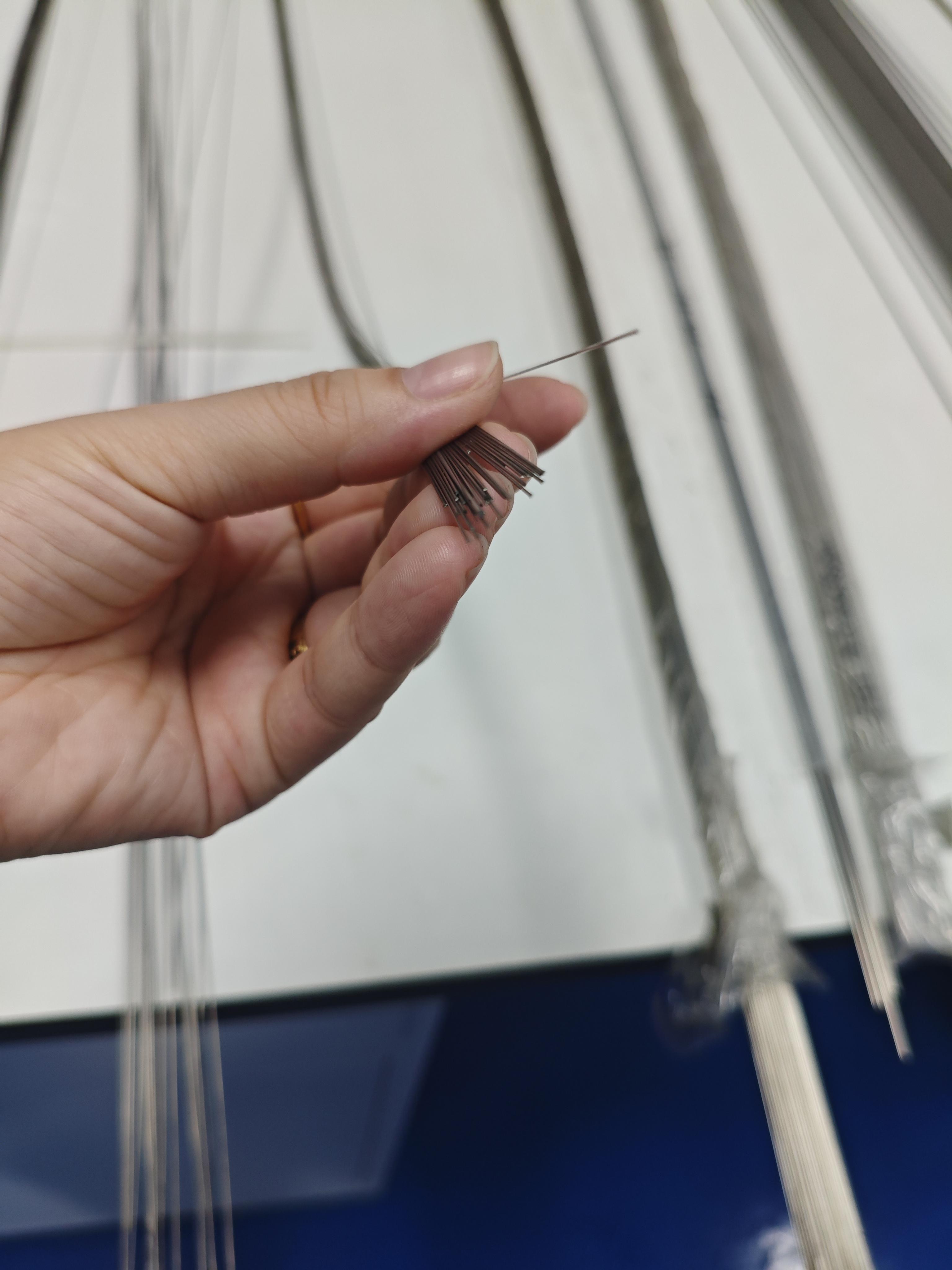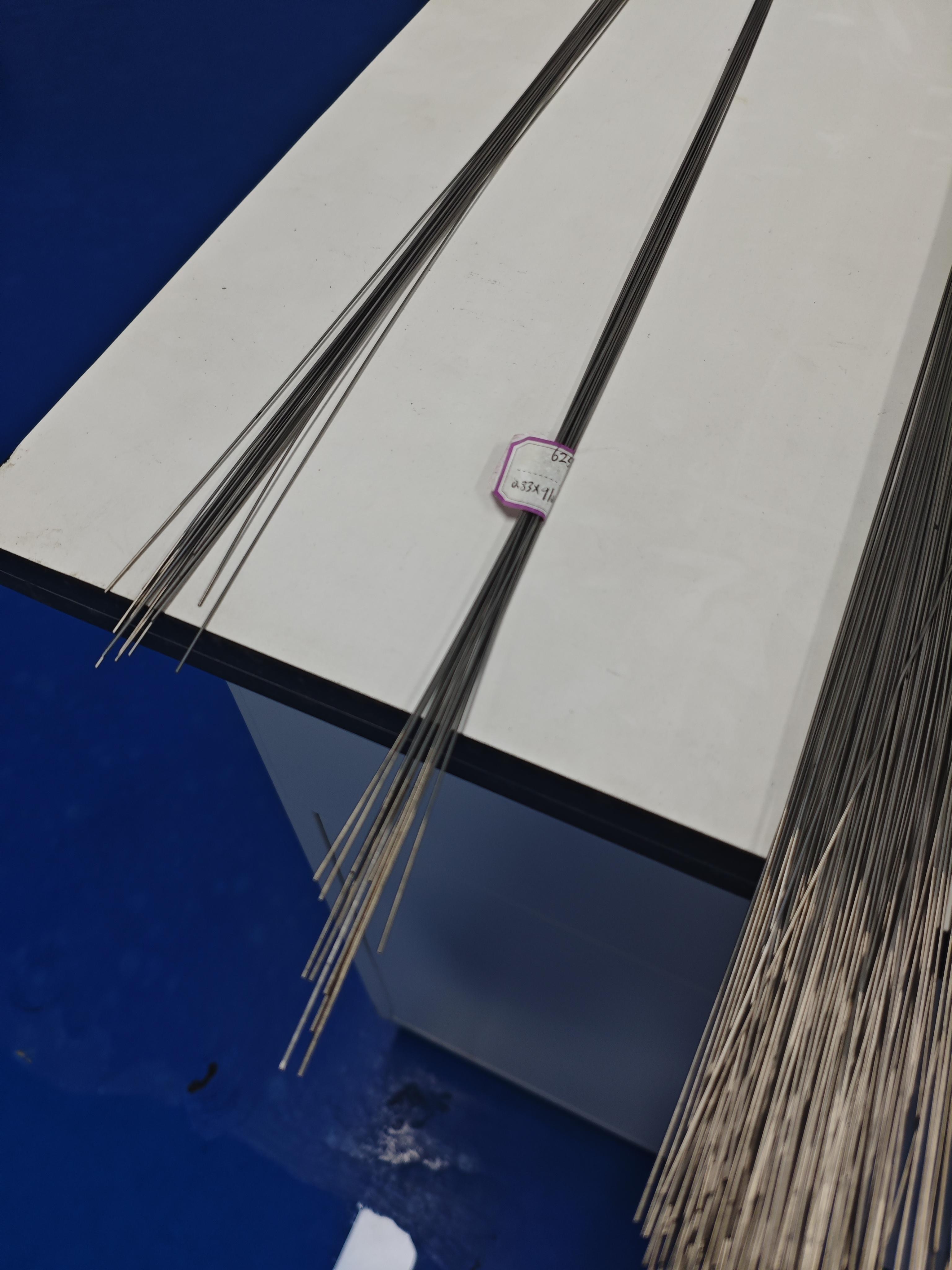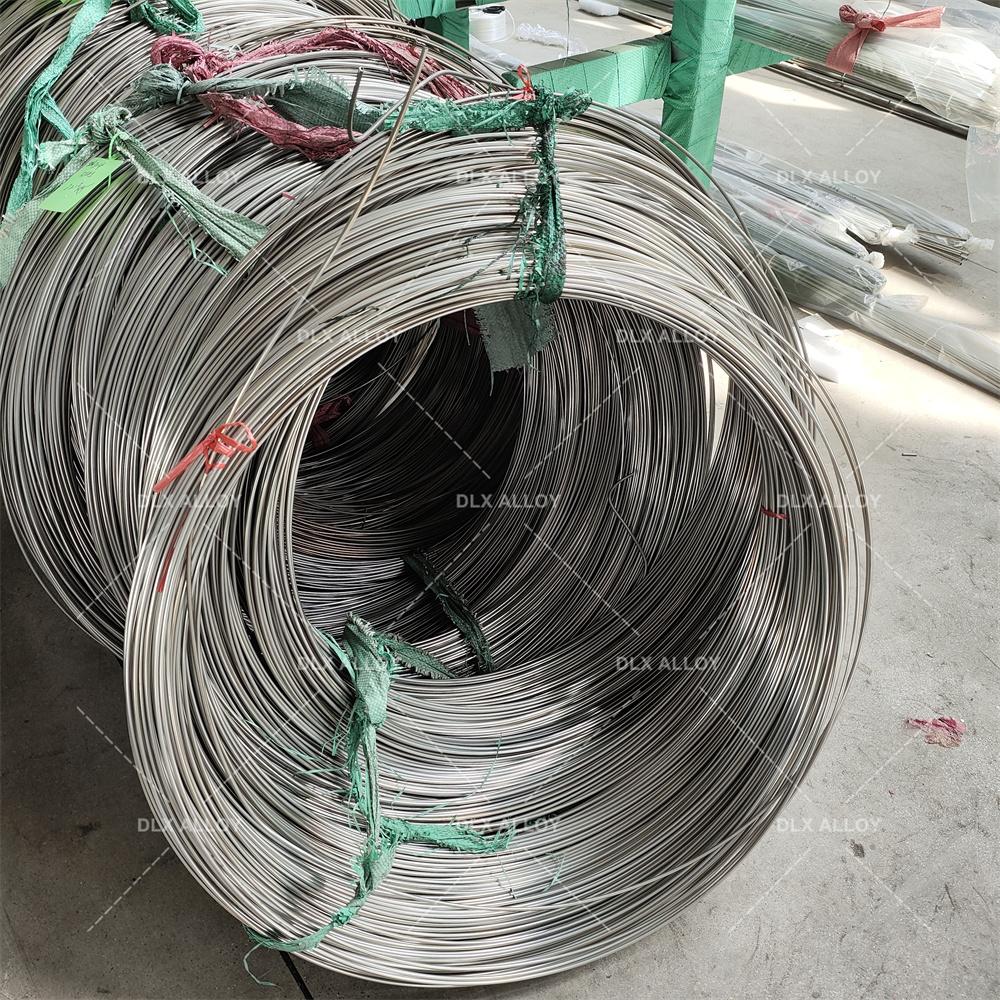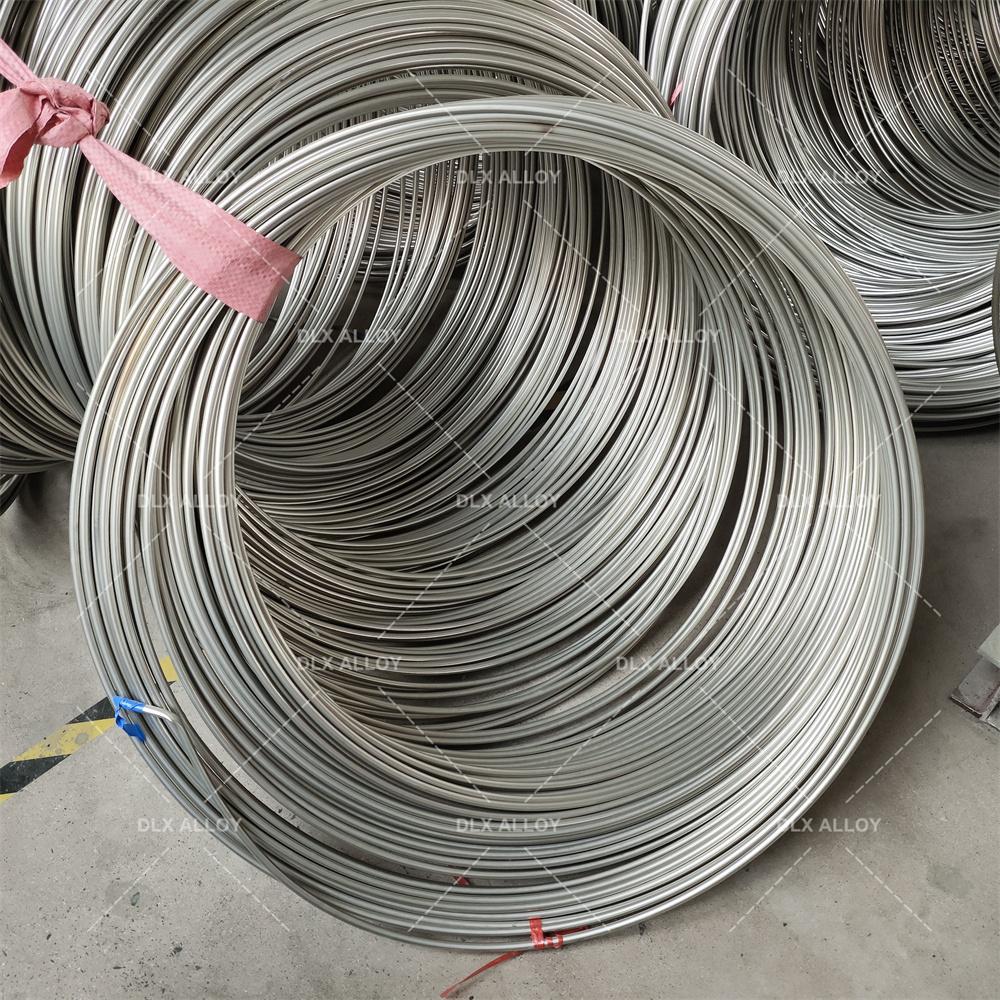
At our company, we’re all about crafting corrosion-resistant 316L stainless steel tube for stent production that helps save lives by keeping arteries open and hearts beating strong. These tubes are the backbone of stents used in critical vascular procedures, blending top-notch biocompatibility with the durability to handle the body’s toughest environments. We’re proud to deliver a product that’s both reliable and cost-effective, making advanced cardiac care more accessible.
For more details, pls directly contact us.
Let’s dive into what makes our 316L stainless steel tube for stent production stand out. This alloy is a medical-grade champ, with 16-18% chromium for a solid corrosion barrier, 10-14% nickel for toughness, and 2-3% molybdenum to fight off pitting in the bloodstream’s salty conditions. With carbon kept under 0.03%, it’s weldable and meets ASTM F138 and ISO 5832-1 standards for implants. We produce these tubes in ultra-fine diameters from 0.3mm to 5mm, with walls as thin as 0.05mm, perfect for crafting stents that crimp tightly onto balloons or self-expand smoothly. Our annealing process boosts ductility—over 40% elongation—ensuring stents flex without cracking during deployment.
Comparison of Medical Stainless Steel Grades, Materials, and Applications
Grade | Composition | Key Properties | Corrosion Resistance | Biocompatibility | Applications | Advantages | Limitations |
|---|---|---|---|---|---|---|---|
316L | Fe (60-70%), Cr (16-18%), Ni (10-14%), Mo (2-3%), C (<0.03%) | Tensile: 485-620 MPa, Yield: 170-290 MPa, Elongation: 40-50%, Hardness: 95 HRB | Excellent (passive oxide layer, resists pitting) | High, minimal ion release, rare Ni sensitivity | Bone plates, screws, stents, hip stems, dental implants | Cost-effective, machinable, fatigue-resistant | Possible Ni sensitivity, heavier than Ti |
304L | Fe (65-74%), Cr (18-20%), Ni (8-10.5%), C (<0.03%) | Tensile: 485-550 MPa, Yield: 170-240 MPa, Elongation: 40-55%, Hardness: 92 HRB | Good, less resistant to pitting than 316L | Moderate, higher Ni release risk | Temporary implants, surgical tools, guidewires | Affordable, easy to form, widely available | Limited for long-term implants due to corrosion |
17-4 PH | Fe (70-78%), Cr (15-17.5%), Ni (3-5%), Cu (3-5%), C (<0.07%) | Tensile: 930-1100 MPa, Yield: 725-860 MPa, Hardness: 30-44 HRC | Very good, but less than 316L in saline | Good, but less biocompatible than 316L | Load-bearing implants, surgical instruments | High strength, heat-treatable, durable | Complex processing, less corrosion-resistant |
420 | Fe (80-90%), Cr (12-14%), C (0.15-0.4%) | Tensile: 700-950 MPa, Yield: 340-450 MPa, Hardness: 45-50 HRC | Moderate, prone to pitting in body fluids | Moderate, not ideal for long-term implants | Cutting tools, temporary pins, dental drills | High hardness, wear-resistant, sharpenable | Poor corrosion resistance for permanent use |
440C | Fe (78-85%), Cr (16-18%), C (0.95-1.2%) | Tensile: 760-1000 MPa, Yield: 450-600 MPa, Hardness: 56-60 HRC | Moderate, better than 420 but less than 316L | Limited, high carbon affects biocompatibility | Surgical blades, high-wear tools | Extremely hard, excellent edge retention | Not suitable for long-term implants |
F138 (316LVM) | Fe (60-70%), Cr (17-19%), Ni (13-15%), Mo (2.25-3.5%), C (<0.03%) | Tensile: 490-690 MPa, Yield: 190-300 MPa, Elongation: 40-50%, Hardness: 95 HRB | Superior, optimized for medical use | Excellent, lowest ion release, vacuum-melted | Orthopedic implants, cardiovascular stents | Enhanced purity, top biocompatibility | Higher cost than standard 316L |
303 | Fe (65-75%), Cr (17-19%), Ni (8-10%), S (0.15-0.35%) | Tensile: 500-620 MPa, Yield: 240-290 MPa, Elongation: 35-50%, Hardness: 90 HRB | Moderate, sulfur reduces corrosion resistance | Moderate, not ideal for permanent implants | Machined components, non-implant devices | Excellent machinability, cost-effective | Not suitable for long-term implants |
Nitronic 60 | Fe (60-70%), Cr (16-18%), Ni (8-9%), Mn (7-9%), N (0.08-0.18%) | Tensile: 620-793 MPa, Yield: 345-414 MPa, Hardness: 95-100 HRB | Very good, resists galling and wear | Good, but less studied for implants | Wear-resistant implants, joint components | High wear resistance, galling resistance | Limited medical use, higher cost |
For more details, pls directly contact us

We go beyond basics with precision manufacturing. Our tubes are electropolished to a Ra <0.2µm finish, minimizing thrombus formation and enhancing blood flow. This smoothness also makes them ideal for drug-eluting stents, where coatings stick better to reduce restenosis. Laser-cutting capabilities allow intricate strut patterns, optimizing radial strength for stents that hold arteries open under pressure. We test for fatigue resistance, simulating millions of heartbeats to ensure our tubes endure cyclic loading in arteries. Non-magnetic properties keep them MRI-safe, a must for post-op imaging.
The stent market is on fire, valued at USD 10.35 billion in 2025 and projected to hit USD 17.40 billion by 2034 at a 6% CAGR. Cardiovascular diseases are skyrocketing—over 800 million people globally deal with heart issues, driven by obesity, diabetes, and aging populations. Minimally invasive procedures like percutaneous coronary interventions (PCI) are now standard, with over 2 million stents placed annually. Our corrosion-resistant 316L stainless steel tube for stent production is tailor-made for this, offering the strength and flexibility needed for both coronary and peripheral applications.
Regulatory landscapes are getting stricter, with the FDA and EU MDR demanding robust biocompatibility and traceability data. Our 316L tubes ace ISO 10993 tests for cytotoxicity and sensitization, ensuring patient safety. Sustainability is a growing focus—hospitals want recyclable materials, and stainless steel’s near-100% recyclability fits the bill. The medical tubing market is set to grow from USD 812.59 million in 2025 to USD 1,547.53 million by 2034 at a 6.7% CAGR, with 316L leading for its balance of performance and cost in vascular implants.
Emerging trends are shaping the game. Drug-eluting stents, which reduce re-narrowing by up to 50%, rely on materials like 316L for their stable base. Bioactive coatings are gaining traction to promote endothelial growth, and we’re seeing hybrid stents combining metal with polymers for better flexibility. The rise of neurovascular stents for aneurysm treatment is pushing demand for ultra-precise tubing, where our 316L shines. With the coronary stents market expected to hit USD 10.43 billion by 2030 at a 4.69% CAGR, cost-effective alloys like 316L remain critical, especially as bioresorbable options face durability challenges.
Applications for our corrosion-resistant 316L stainless steel tube for stent production are vast. In coronary artery disease, they form balloon-expandable stents that push plaque aside to restore blood flow, critical for heart attack prevention. Peripheral stents for legs or arms rely on 316L’s strength to handle higher pressures without collapsing. In neurovascular applications, like intracranial stents for aneurysms, our tubes enable delicate designs that navigate tiny vessels. They’re also used in structural heart devices, such as frames for transcatheter aortic valve replacements (TAVR), supporting minimally invasive valve delivery.
Drug-eluting stents are a big deal, and our tubes provide the perfect scaffold for coatings that release anti-proliferative drugs, cutting re-intervention rates. For bifurcation stents in branched arteries, 316L’s ductility allows complex Y-shaped designs without gaps. In acute cases, like myocardial infarctions, our tubes ensure rapid, reliable expansion under pressure. The peripheral vascular stents market, valued at USD 4.55 billion in 2025, is growing at a 6.2% CAGR, highlighting the versatility of 316L in diverse vascular applications.
When it comes to standing out, our company’s approach to corrosion-resistant 316L stainless steel tube for stent production is unmatched. While standard suppliers might churn out generic tubing, we customize with precision-drawn tubes tailored to specific stent designs, like optimized strut geometries for better radial force. Our in-house testing is rigorous—corrosion trials in simulated blood environments and finite element analysis predict performance under arterial stress, ensuring zero failures. This reliability translates to fewer complications, saving hospitals and patients from costly revisions.
We’re lean on production, using automated laser-cutting and electropolishing to achieve tolerances of ±0.005mm, perfect for intricate stent patterns. Cost-wise, we keep it competitive by streamlining material use, delivering implant-grade quality at prices that work for large-scale manufacturers. Cardiologists praise our tubes’ consistency, which means smoother crimping and deployment, reducing procedure times. Unlike others who might skip surface treatments, we passivate every tube to boost corrosion resistance, minimizing ion release and enhancing biocompatibility.
Sustainability is core to our process—we recycle 95% of scrap metal, aligning with healthcare’s eco-friendly push. Our supply chain is rock-solid, with just-in-time delivery to keep production lines running, even during global disruptions. We also offer design collaboration, working with manufacturers to tweak tube specs for next-gen stents, a service most suppliers can’t match. Clients highlight our fast prototyping—often under two weeks—as a game-changer for innovative designs.
Comparison Parameters Table
| Parameter | 316L Stainless Steel | 304 Stainless Steel | 316LVM Stainless Steel | Cobalt-Chromium Alloy (e.g., L605) |
|---|---|---|---|---|
| Carbon Content (%) | ≤0.03 | ≤0.08 | ≤0.03 | ≤0.15 |
| Corrosion Resistance | Excellent (Mo, resists body fluids) | Good (Cr, less in chlorides) | Superior (vacuum-melted, high purity) | Excellent (Cr, thinner profiles) |
| Tensile Strength (MPa) | 485-620 | 515-690 | 860-1000 | 1000-1200 |
| Yield Strength (MPa) | 170-310 | 205-310 | 690-860 | 450-650 |
| Biocompatibility | High (implant-grade, low ion release) | Good (short-term use) | Exceptional (minimal inclusions) | High (used in stents, costlier) |
| Density (g/cm³) | 8.0 | 8.0 | 8.0 | 9.1 |
| Magnetic Properties | Non-magnetic | Non-magnetic | Very low permeability | Non-magnetic |
| Cost Effectiveness | Affordable for stents | Most affordable | Premium for purity | Higher, for high-strength needs |
| Common Medical Use | Stents, implants | Surgical instruments | High-purity stents, hypotubes | Stents, where thinner walls matter |
Looking ahead, we’re diving into smart stents, exploring 316L tubes with embedded sensors for real-time blood flow monitoring, tapping into IoT trends. With personalized medicine growing—custom stents are expected to hit USD 2 billion by 2030—our flexible production is ready to deliver patient-specific solutions. The rise of robotic-assisted PCI and AI-driven design means our tubes must support precision tools, and we’re optimizing for that now.
In essence, choosing our corrosion-resistant 316L stainless steel tube for stent production means partnering with a team obsessed with quality and innovation. We’re not just making tubes; we’re enabling life-saving procedures. From robust materials to tailored designs, we’re built to lead in a market craving reliability. As stent tech evolves with demographics and innovation, our 316L tubes remain a trusted cornerstone, ready for tomorrow’s challenges.
To sum it up, our strengths shine: top-tier biocompatibility, customizable precision, and a green approach that sets us apart. Whether it’s a routine angioplasty or a complex neurovascular procedure, our corrosion-resistant 316L stainless steel tube for stent production delivers the performance cardiologists need to save lives.
For more details, pls directly contact us.




About Us:
Our 12,000㎡ factory is equipped with complete capabilities for research, production, testing, and packaging. We strictly adhere to ISO 9001 standards in our production processes, with an annual output of 1,200 tons. This ensures that we meet both quantity and quality demands. Furthermore, all products undergo rigorous simulated environment testing including high temperature, high pressure, and corrosion tests before being dispatched, ensuring they meet customer specifications.
For all our clients, we offer timely and multilingual after-sales support and technical consulting, helping you resolve any issues swiftly and efficiently.

Client Visits
Building Stronger Partnerships

We support all kinds of testing:


FAQs:
Why is 316L stainless steel ideal for stent production?
Corrosion-resistant 316L stainless steel offers excellent biocompatibility, high corrosion resistance in bodily fluids, and sufficient strength for thin-walled stents, ensuring reliable performance in vascular applications.What is the material composition of 316L stainless steel for stents?
It contains 16-18% chromium, 10-14% nickel, 2-3% molybdenum, and carbon below 0.03%, providing superior corrosion resistance and weldability, compliant with ASTM F138 for medical-grade implants.What are the primary applications of 316L stainless steel tubes in stent production?
These tubes are used in coronary, peripheral, and neurovascular stents, enabling precise crimping and expansion for balloon-expandable or self-expanding designs to restore blood flow.How do industry trends affect the use of 316L in stent production?
The global stent market, valued at USD 10.35 billion in 2025, is projected to reach USD 17.40 billion by 2034 at a 6% CAGR, driven by rising cardiovascular diseases and demand for minimally invasive procedures.What mechanical properties make 316L suitable for stent tubing?
It provides tensile strength of 485-620 MPa, yield strength of 170-310 MPa, elongation over 40%, and good fatigue resistance, allowing stents to withstand arterial pulsation and expansion stresses.Is 316L stainless steel biocompatible for stent applications?
Yes, it meets ISO 10993 and ASTM F138 standards, with low ion release and minimal tissue reactivity, promoting endothelialization and reducing thrombosis risks in vascular implants.What emerging trends support 316L in stent manufacturing?
Trends include drug-eluting stents, bioactive coatings, and a medical tubing market expected to grow from USD 812.59 million in 2025 to USD 1,547.53 million by 2034 at a 6.7% CAGR, favoring durable, cost-effective alloys.How does 316L handle processing and sterilization in stent production?
It supports laser cutting, electropolishing, and sterilization via autoclaving or gamma irradiation without degradation, maintaining surface integrity for cleanroom manufacturing and implantation.

